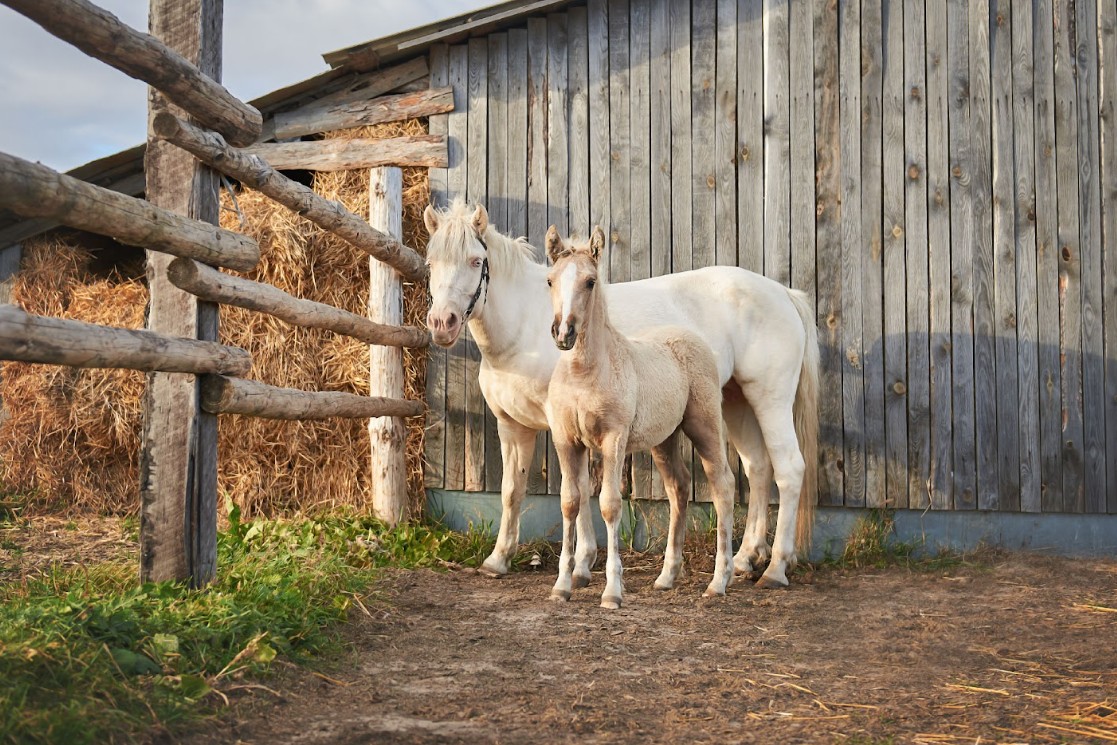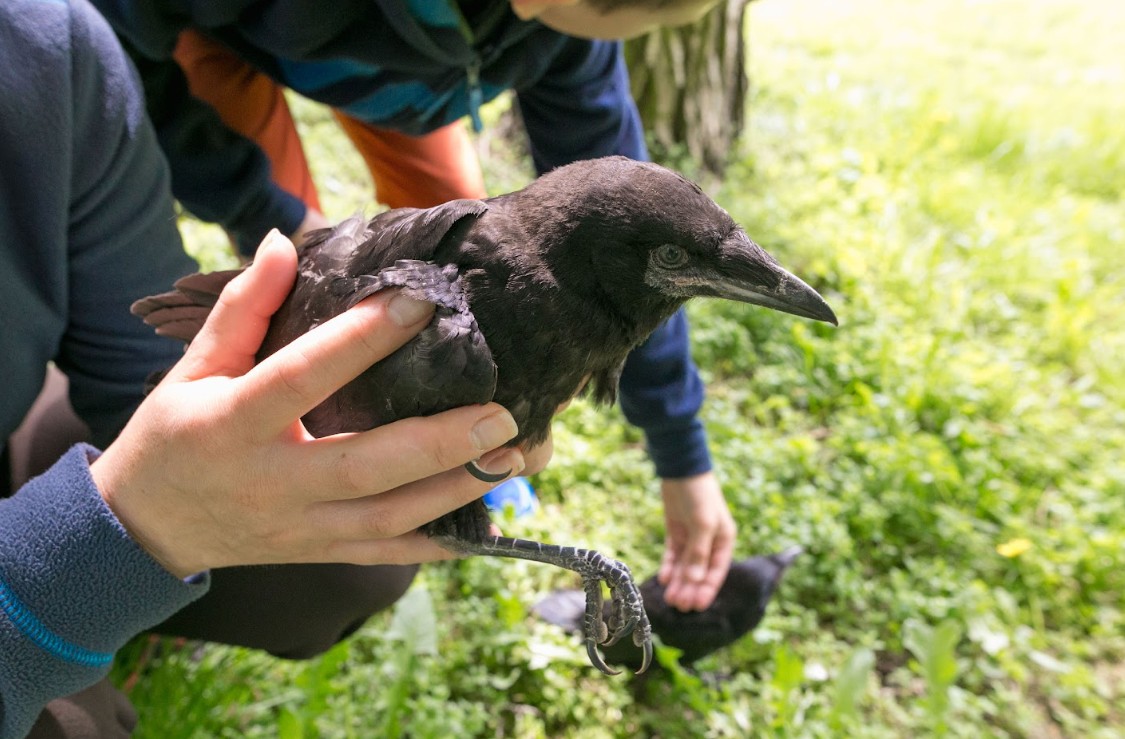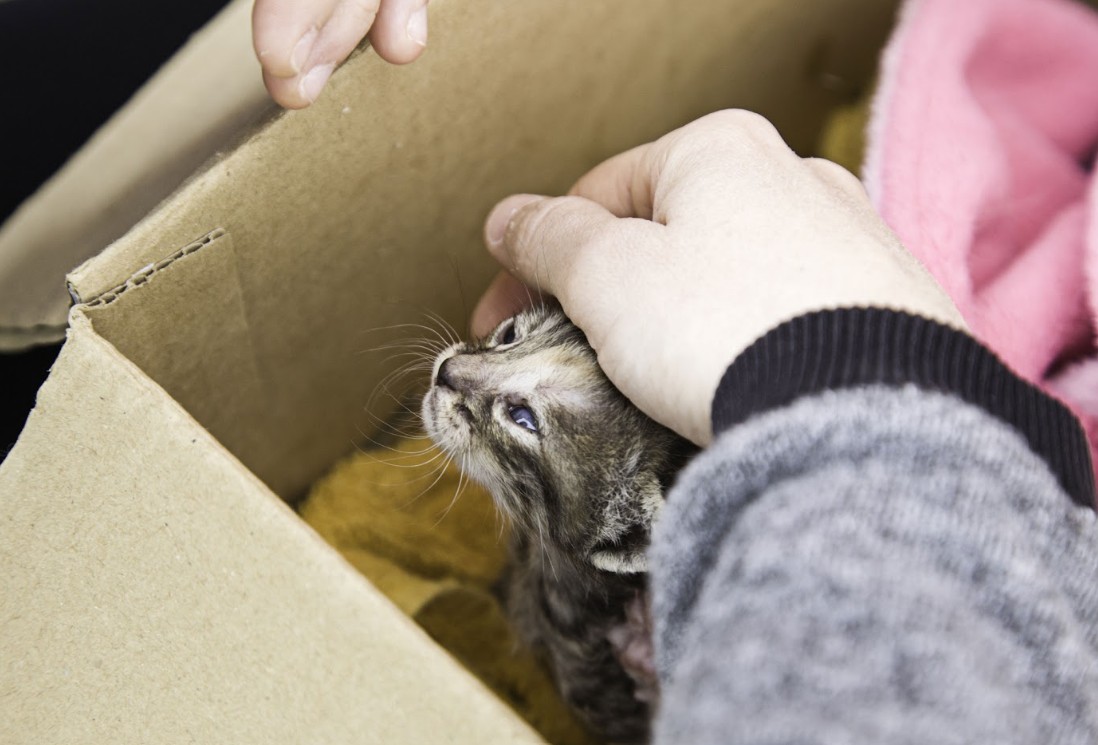Stories Blog / Community Stories / Thrive Magazine
A Better Future for Alberta’s Animals
The Alberta SPCA outlines a four-year strategic plan, thanks to ECF support

Over the past 65 years, the Alberta Society for the Prevention of Cruelty to Animals (Alberta SPCA) has improved the lives of countless animals across the province, from dogs and cats to horses and cattle. But, like many animal welfare organizations, the society has been facing increased demand in recent years, making it even harder to ensure animals across the province have safe, healthy homes. “The animal welfare community is stressed, probably more than it ever has been. Everyone is feeling the pressure,” explains Leanne Niblock, Executive Director of the Alberta SPCA. “There are so many things contributing to the stress on the system, but I think the rising cost of living is impacting a lot of folks. If you have to make a decision whether to pay your rent or buy food for your animals, that’s a really hard place to be.”

While the Alberta SPCA doesn’t operate a brick-and mortar shelter, it does remove animals from distress across the province, and works with partner shelters to find loving homes for those animals. It also enforces animal protection legislation and runs community outreach education programs to support animal owners. “Our partners in the community are very important to us,” says Niblock.
“We all work together. Whether they’re taking care of animals or livestock for us or if they’re helping us move companion animals into loving homes, we’re all part of a big, complex system.”
To better understand that complex system, and how the Alberta SPCA could best support the animal welfare community going forward, Niblock wanted the organization to take a step back from its day-to-day work, to consider bigger questions about its future. “The team here really wanted to look at how we might address the root causes of the problems that the animal welfare community is seeing in the province,” she explains. In 2024, thanks to support from Edmonton Community Foundation (ECF), the team at the Alberta SPCA was able to do exactly that. It completed a strategic planning process, gathering insight and feedback from others in the animal welfare community to identify priorities and how the organization could adapt its offerings to respond to growing needs. At the end of the process, it produced a four-year strategic plan to guide the organization going forward. “Collecting input and conducting research to guide an organization’s mission is crucial,” says Melisa Zapisocky, ECF’s Grants Associate. “It can also be expensive to do properly. Many charities face a tough choice — investing time and money into developing a strategic plan or using those resources to deliver their services.”
This was the quandary the Alberta SPCA found itself in. “Often, non-profits can’t do this kind of work, because we’re spending so much money on the care of animals,” says Niblock. “Which is what we should be doing, of course, but to be able to ask the bigger questions is so valuable.” Through this process, the Alberta SPCA team also gained insight into the factors that might lead a person to neglect animals. Because of the interconnected nature of individual, animal and community well-being, the SPCA would have to support both human and animal health in order to make meaningful change. “Traditionally, animal welfare focuses so much on the animal that the human element of that was forgotten a little bit,” says Niblock.

“We need to think about the person’s mental health and how that’s impacting their ability to care for the animals. And while the Alberta SPCA isn’t the organization that will directly help those humans necessarily, we can help to make those connections to other organizations.”
Thanks to the strategic planning process, the Alberta SPCA was also able to refine its organizational purpose, focusing on an approach that addresses the root causes of animal welfare concerns by recognizing the interconnectedness of people, animals and the environment. Ultimately, Niblock credits the process as a game-changer for the organization. “What it means is that we’re thinking about the future, not just the day-to-day putting a Band-Aid on things. It means that we’re trying to tackle big challenges so that we don’t have as many animals that need our help,” she says. “This really is lighting the path for us forward as we work through this very complex system and challenges.”
This story comes from the Spring 2025 Edition of Thrive Magazine.
Read the full issue.